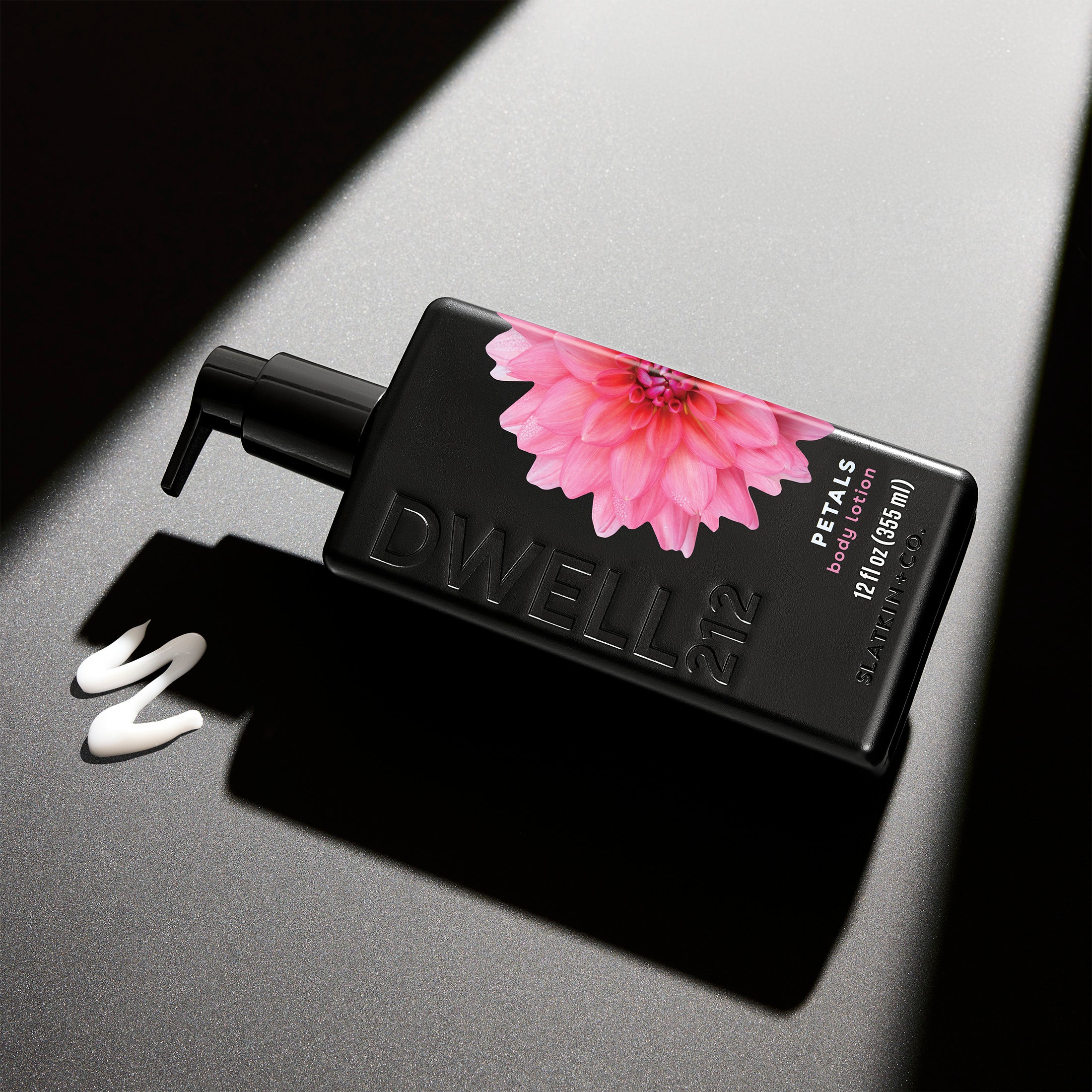What is soy wax?
What Is Soy Wax? Exploring the Benefits of This Natural Wax
Soy wax is a natural wax made from the oil of the soybean. It is a favorite choice for candlemaking, and is becoming increasingly popular in other applications due to its many benefits. In this article, we will explore what soy wax is, how it is used, the benefits and drawbacks of using soy wax, how to use it, tips for working with it, common applications for it, and what to consider when buying it. Read on to learn more.
What Is Soy Wax Made Of?
Soy wax is made from hydrogenated soybean oil. It is a vegetable wax derived from the oil of the soybean. Soybeans are harvested and then processed to extract the oil. The oil is then hydrogenated, which means that it is treated with hydrogen to increase its melting point and give it a harder texture. The result is a natural wax that is clean-burning, renewable, and biodegradable.
Soy wax is a popular choice for candle-making because it is non-toxic and burns cleanly. It is also a great choice for those looking for an eco-friendly option, as it is made from a renewable resource. Additionally, soy wax is easy to work with and can be used to create a variety of different types of candles, from scented to unscented, and from votives to pillars.
How Is Soy Wax Used?
Soy wax is primarily used for candlemaking, but can be used in a variety of other applications as well. It is often used for wax melts, lotions, and massage candles. Soy wax can also be used for lip balms, furniture polish, car waxes, and even cosmetics.
Soy wax is a great choice for candlemaking because it is a renewable resource, is biodegradable, and is non-toxic. It is also a great choice for those who are looking for a natural alternative to paraffin wax. Soy wax is also known for its ability to hold scent and color well, making it a great choice for creating beautiful candles.
Benefits of Using Soy Wax
Soy wax has many advantages when compared to other types of waxes. One of its biggest advantages is that it is a renewable resource, as soybeans are easily grown. Since it is derived from a vegetable source, it is also biodegradable and non-toxic when burned. soy wax also produces a longer-lasting, cleaner-burning flame than other types of wax. Additionally, soy wax has a lower melting point than paraffin wax, making it easier to work with when candle making.
Soy wax candles also tend to have a longer burn time than other types of wax candles. This is because soy wax has a lower melting point than other waxes, meaning it takes longer to melt and evaporate. Soy wax candles also tend to have a more even burn, with less soot and smoke than other types of wax candles. This makes them a great choice for those who are looking for a cleaner, more eco-friendly candle.
Pros and Cons of Soy Wax
Using soy wax for candle making and other applications has both pros and cons. On the plus side, soy wax is renewable and biodegradable, it has a lower melting point and burns cleaner than other types of wax, and it is also non-toxic. On the downside, soy wax can be more expensive than other types of wax, and it can be more difficult to work with. Additionally, some people may be allergic to soy.
Soy wax also has a shorter burn time than other types of wax, so candles made with soy wax may need to be replaced more often. Additionally, soy wax can be more prone to frosting, which is a white, powdery coating that can form on the surface of the candle. This can be prevented by using the correct wick size and ensuring that the wax is not overheated.
How to Use Soy Wax
Soy wax can be used in a variety of ways. For candle making, it can be melted in a double boiler or in the microwave and then poured into a container or mold. It can also be used to make wax melts by placing the melted wax in a mold. Additionally, lotions and massage candles can be made by combining soy wax with essential oils and other ingredients.
When using soy wax for candle making, it is important to use the correct wick size for the container or mold. The wick should be long enough to reach the bottom of the container, but not so long that it touches the sides. Additionally, the wick should be trimmed to 1/4 inch before each use to ensure a clean, even burn.
Tips for Working with Soy Wax
When using soy wax for candle making or other applications, there are some important tips to keep in mind. First, make sure you are using the right wick size for the container you are using. Also, make sure you allow the candles to cool completely before moving them or trimming the wicks. Additionally, make sure you store your soy wax in an airtight container at room temperature.
Common Uses for Soy Wax
Soy wax is most commonly used for candle making, but can be used in many other ways as well. It can be used to make wax melts, lotions, massage candles, lip balms, furniture polish, car waxes, and even cosmetics. It is also becoming increasingly popular as a replacement for paraffin wax in many applications.
What to Look for When Buying Soy Wax
When purchasing soy wax for use in candle making or any other application, there are several things to consider. First, make sure you buy from a reputable source. Also, look for a product that is specifically labeled as “soy wax” and not simply “vegetable wax” or any other generic term. Additionally, make sure you purchase the correct type of soy wax for your intended use; there are different types of soy waxes available.
Alternatives to Soy Wax
If you are looking for an alternative to soy wax, there are several other types of waxes available. Paraffin wax is one of the most popular alternatives due to its affordability and availability. Beeswax is another option that is becoming increasingly popular due to its natural origin and clean burning properties. Coconut wax is also gaining in popularity due to its creamy texture and longer burn time.
In conclusion, soy wax is a natural wax made from the oil of the soybean that has many advantages over other types of waxes. It is renewable and biodegradable, produces a longer-lasting cleaner-burning flame than other types of waxes, and has a lower melting point which makes it easier to work with. When purchasing soy wax for any application, make sure you buy from a reputable source and that you purchase the correct type of soy wax for your intended use. Alternatives to soy wax include paraffin wax, beeswax, and coconut wax.





